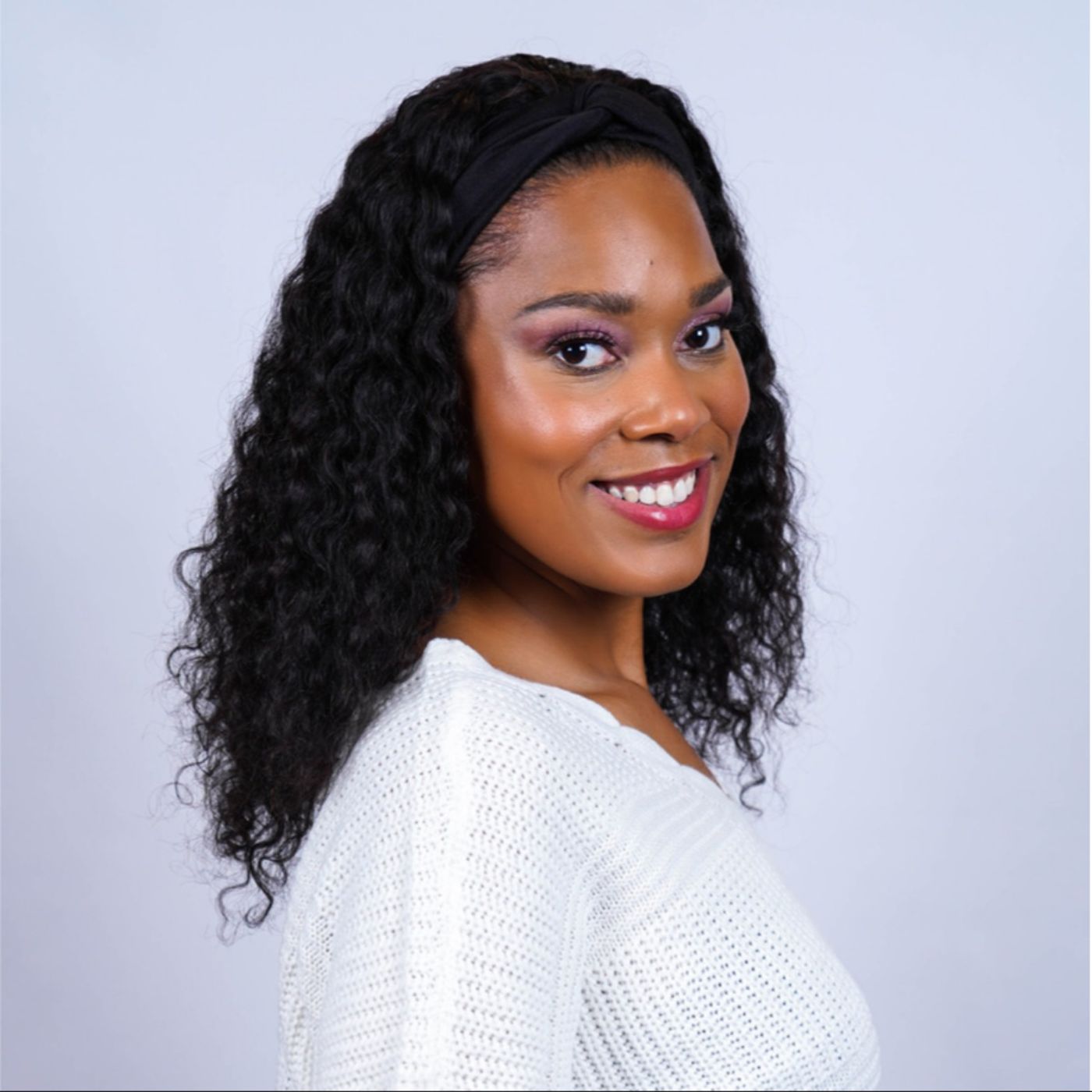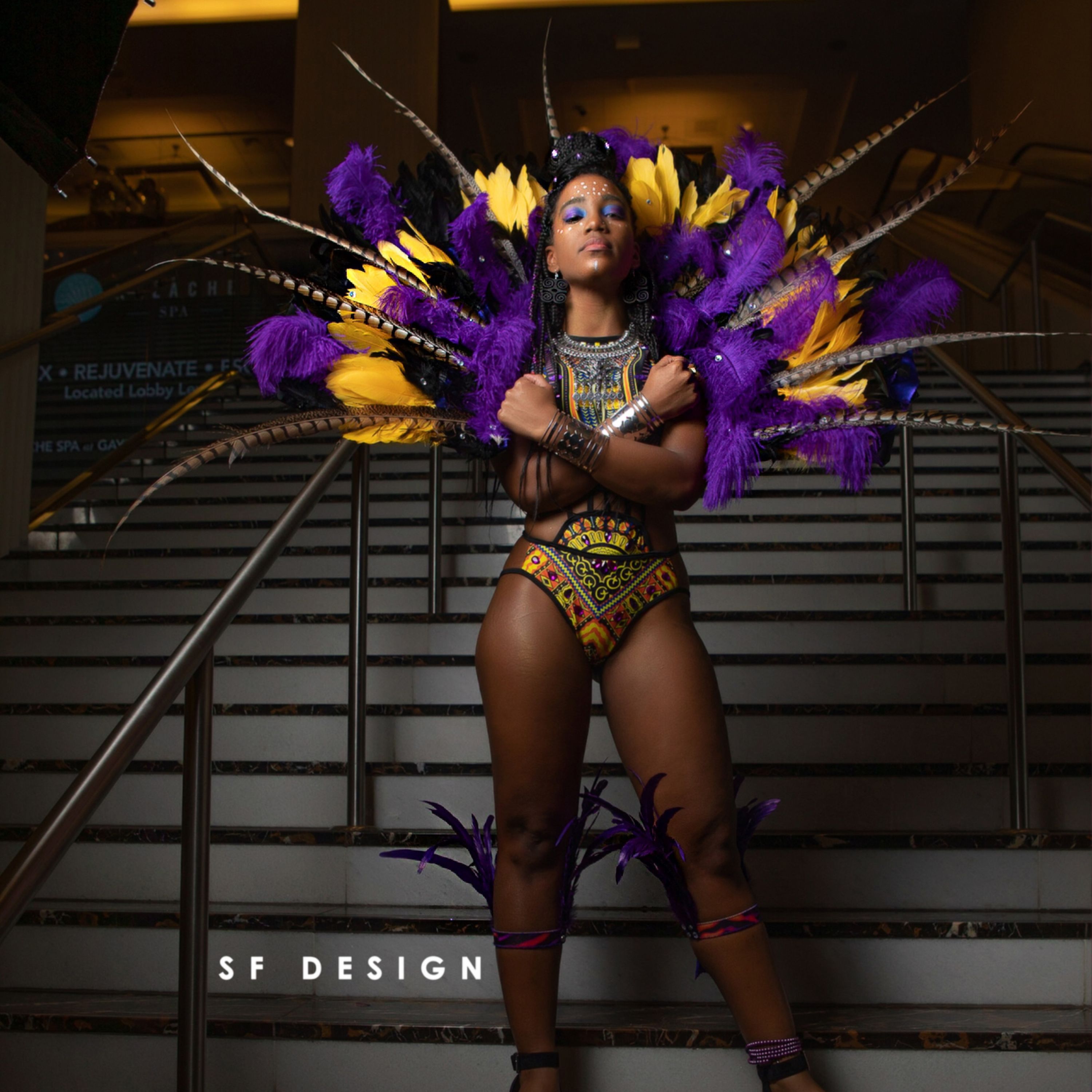The Stitch Please podcast will celebrate its 100th episode on 9/15/2021. As part of that effort, we are looking to add 100 additional Black Women Stitch Patreon supporters by the 100th Stitch Please podcast episode publication date. These funds will be used to build financial stability for the podcast while alleviating the pressure of a solo operation. Will you join us? For as little as $2 a month, you can help Lisa hire consistent editorial and production support. We are 79 Patrons away from the 100 mark! Thank you to our newest Patreon supporters: Bettina and Sara!
Learn more about Sarah!
Trailer for Quilt Show episode aired June 20
Article on the Schweinfurth Exhibit.
Her exhibit at the Schweinfurth.
Learn WITH Sarah! THIS WEEK!
Her online class at the Schweinfurth. Coming up July 31-Aug 1. STARTS THIS SATURDAY!
Sign up for Sarah's in-person class at the ATLANTA QUILT FESTIVAL --August 20, 2021 Learn to create a dynamic quilt with movement and a touch of three-dimensional illusion by combining color and contrast with angles and orientation. Master quilter Sarah Bond will teach you how to make her Diamond Stairstep quilt. The class will be held at Southwest Arts Center, 915 New Hope Road, Atlanta, GA 30331 from 10 a.m. – 3:30 p.m.
Sign up for the Black Women Stitch quarterly newsletter
Check out our merch here
Leave a BACKSTITCH message and tell us about your favorite episode.
Join the Black Women Stitch Patreon
Check out our Amazon Store
Stay Connected:
YouTube: Black Women Stitch
Instagram: Black Women Stitch
Facebook: Stitch Please Podcast



